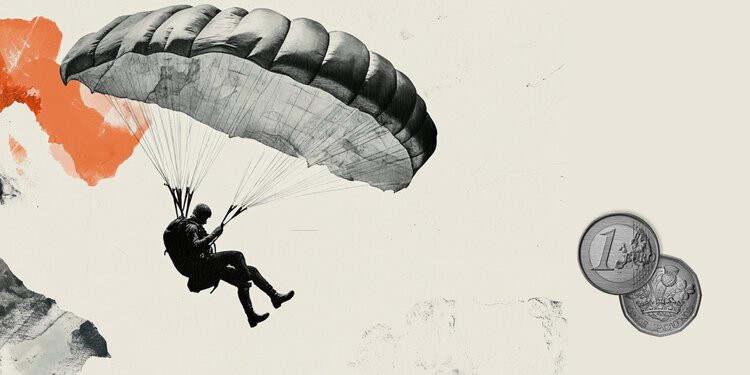
(Credits: Far Out)
Allow me to take you back to the turn of the millennium, where the dot-com bubble had just burst, which led to the music industry scrambling for shelter as the digital age approached like a tsunami, and therein entered their Jesus in the form of growing cellphone accessibility, angsty teenagers wanting to stand out, and 20-second-long music clips.
At their peak, ringtones made up 10% of all music sales. After CDs, ringtones were the second most popular music format by revenue in 2007, outperforming both singles and digital albums, peaking at a little over £1.21billion in US music revenues that year. Since then, revenues have fallen to about £7.9million in 2023, dropping by over 99% since its heyday.
Buying a small song snippet could be done through one’s phone carrier, costing about £1.90 to 2.60 per ringtone, on average, costing much more than the full-length track, which had to be bought separately. Despite the significant expense, research by Consect market analysis revealed that 50% of all cell phone users in the US aged 15 to 30 had downloaded a ringtone at least once by 2005, and Tesco Mobile surveyed 1000 customers that year to find that 21% of them thought standard ringtones to be ‘uncool’. Thus, by 2005, ringtones added up to representing about a tenth of the overall global music market.
What’s bizarre is that what ringtones became for artists is not so different from what TikTok does for them nowadays. Users compulsively collected songs to be noticed, while for musicians, ringtones were a way to be entered into discourse, to the point where The Spill Canvas’ frontman Nick Thomas told CNN that he’d had fans tell him that they first heard the group’s music on someone’s ringtone.
This brought some artists to adapt their style to what could become a ringtone, and Akon became famously lucrative in that game: “I said, ‘Yo, how much are you paying for that [ringtone]?’ They said, ‘$4.99’ [£3.80]. I said, ‘Damn! That’s for a couple of seconds? And we selling singles for $1.99 [£1.51] for four minutes?!’ So then I started making music specifically for the phone…every song that we were releasing was very ringtone-friendly, especially ‘Mr Lonely’.”
The industry reached such a high that the RIAA created the first awards for ringtone sales in 2006, with Lil Wayne’s ‘Lollipop’ winning for the biggest-selling ringtone ever in 2009.
And as the trend faded, no one knew how timeless those Arctic Monkeys lyrics would be: “There’s only music so that there’s new ringtones”. Since ‘A Certain Romance’ was sung in resistance to the snippet trend in 2006, a whole music industry has evolved for the purpose of social media perpetuation, which finds artists now writing music with a strong hook or a memorable 15 to 30-second clip in mind.
David Bakula, senior vice president of client relations and analytics for Nielsen Entertainment, was one of the many to see the fading goldmine as a gateway product, telling CNN, “It was a great barometer of how people were starting to live around entertainment on their phones. Ringtones were a really big part of that.”
As people learned to make custom ringtones, smartphones emerged to offer more technical newness and entertainment, and as people reverted to texting as opposed to calling, the phones were put on silent. Interestingly, new ringtone apps have started to resurge in recent years, with a special appreciation for the retro art in South Asian nations, so who knows, they might be preparing for a comeback.
Related Topics







